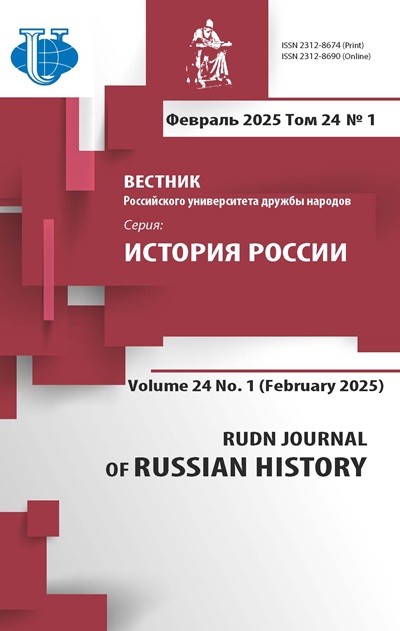Abstract
The author considers the semantic and semiotic meaning of assigning numbers to prisoners of the concentration camps of Nazi Germany. These concentration camps were formally designed to exterminate the enemies of the state, but in fact, in addition, they defined the limits of the possibilities of turning a person into a part of the total state. Assigning a number to a prisoner in a camp was the key factor in annihilating a person, transforming him into a sign, depriving a person of the most important anthropological properties, which ultimately facilitated the elimination of a prisoner. As a result of assigning a number to a prisoner, while staying in a camp, it became increasingly difficult for a prisoner to remember his own name; his inner essence "merged" with the number; his real name was forgotten. The reduction of a person to a number entrenched the deprivation of a prisoner of human status; it became the highest degree of degradation; it turned a prisoner from a person into a typical specimen with the sign of a person whose number correlated and entrenched the symbolic authenticity of the object into which a prisoner was turned. The assignment of a number took all the actions of the SS men regarding prisoners beyond any moral and ethical assessments. A person without a name, deprived of realizing his personal uniqueness and image - the necessary conditions for self-perception as a thinking, living being, merged with similar people; he was doomed to silence; he was turned into an object of influence.















